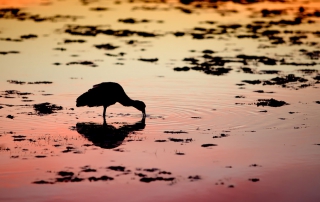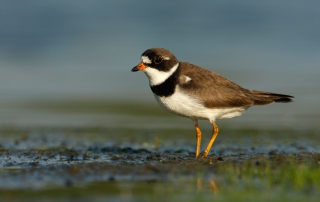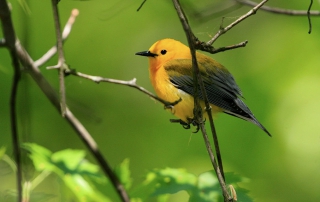Mangroves
Mangroves are an assemblage of tropical trees and shrubs that inhabit the coastal intertidal zone. A mangrove community is composed of plant species whose special adaptations allow them to survive the variable flooding and salinity stress conditions imposed by the coastal environment. Birds that live here: Reddish Egret, Mangrove Cuckoo, Black-whiskered Vireo, Yellow Warbler, Florida [...]










